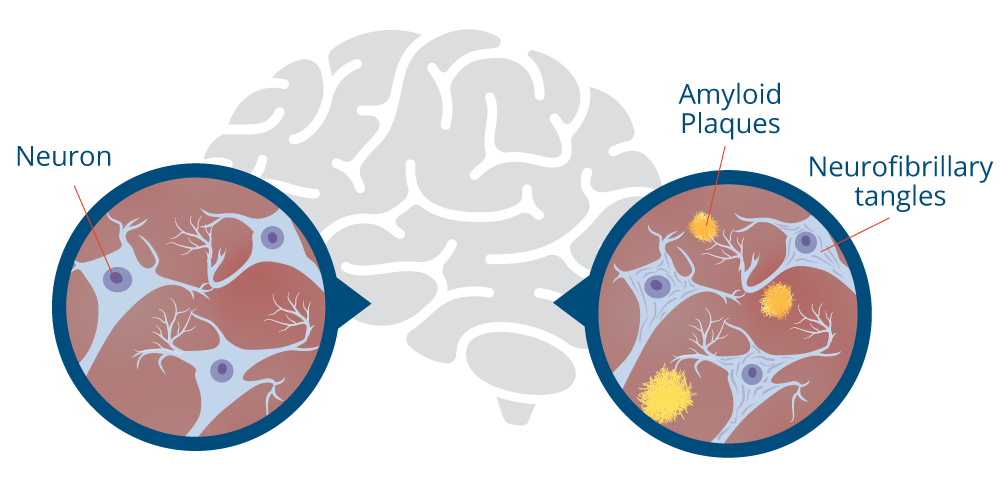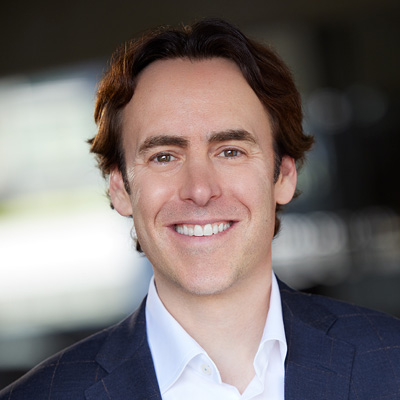 |
A by product of the work your cells do |
 |
A 3lb. brain makes 5lb. of trash per year |
 |
The more built-up trash, the “older” the brain |
Your brain cells are like a hustling, bustling Manhattan. Just like a city gets dirty, your brain does too—filled with residual waste from chemical reactions, environmental toxins, old, and damaged cells that are no longer needed. Your three-pound brain makes five pounds of trash a year. Normally, it’s recycled or flushed out, but if not, the trash can build up, causing diminished focus, loss of productivity, and a drastic reduction in overall energy. Simply put, the more trash, the “older” the brain.
There are several ways that your brain gets rid of trash. One way is through sleep. Dr. Nedergaard, a neuroscientist, was trying to understand how the brain repairs itself after an injury. She wanted to investigate how sleep played a role in the repair process. While in deep sleep, her subjects experienced a phenomenon that seemed like something out of a horror movie.
She observed that the brains of the sleeping subjects shrank down to 65 percent of their normal size. Once the brain reduced in size, it began to pulsate in a dynamic rhythm.
Further research discovered that the shrinking process squeezed out the trash, waste, and toxins from the brain cells and created space into which the garbage could drain. Once the debris was squeezed into these empty portals in the brain, while the volume of the brain was still reduced, fluid from the spinal cord plunged into the brain for a brainwash.
In the next section, “How Brain Health Can Affect Your Finances,” we’ll look at specific costs related to brain health.







